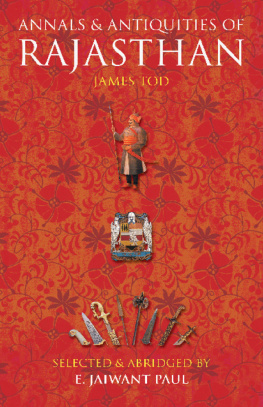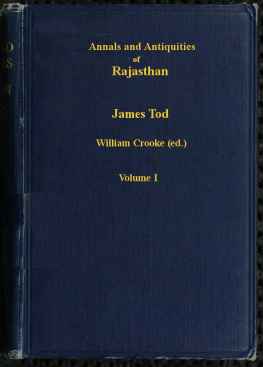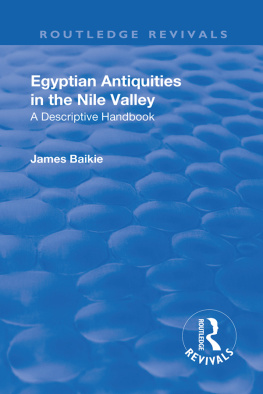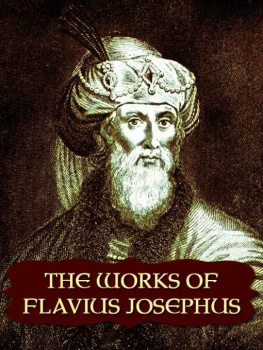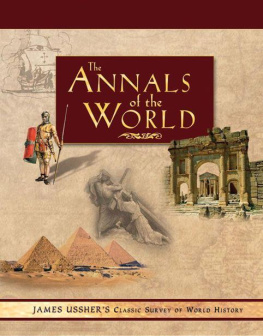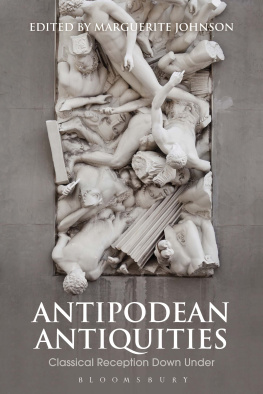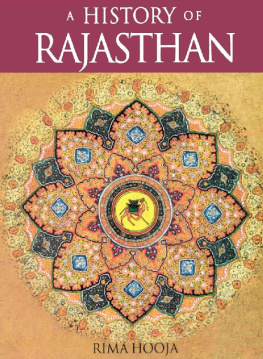James Tod - Annals & Antiquities of Rajasthan
Here you can read online James Tod - Annals & Antiquities of Rajasthan full text of the book (entire story) in english for free. Download pdf and epub, get meaning, cover and reviews about this ebook. publisher: Roli Books, genre: Non-fiction. Description of the work, (preface) as well as reviews are available. Best literature library LitArk.com created for fans of good reading and offers a wide selection of genres:
Romance novel
Science fiction
Adventure
Detective
Science
History
Home and family
Prose
Art
Politics
Computer
Non-fiction
Religion
Business
Children
Humor
Choose a favorite category and find really read worthwhile books. Enjoy immersion in the world of imagination, feel the emotions of the characters or learn something new for yourself, make an fascinating discovery.
- Book:Annals & Antiquities of Rajasthan
- Author:
- Publisher:Roli Books
- Genre:
- Rating:5 / 5
- Favourites:Add to favourites
- Your mark:
- 100
- 1
- 2
- 3
- 4
- 5
Annals & Antiquities of Rajasthan: summary, description and annotation
We offer to read an annotation, description, summary or preface (depends on what the author of the book "Annals & Antiquities of Rajasthan" wrote himself). If you haven't found the necessary information about the book — write in the comments, we will try to find it.
Annals & Antiquities of Rajasthan — read online for free the complete book (whole text) full work
Below is the text of the book, divided by pages. System saving the place of the last page read, allows you to conveniently read the book "Annals & Antiquities of Rajasthan" online for free, without having to search again every time where you left off. Put a bookmark, and you can go to the page where you finished reading at any time.
Font size:
Interval:
Bookmark:

About the Book
A landmark historical work, written at the cusp of modernity in the early nineteenth century, Annals and Antiquities of Rajasthan was Lieutenant Colonel James Tod's classic tribute to this grand desert region of India. Tod - mesmerized by this region and its inhabitants, the Rajpoots - dedicated himself to examining everything about Rajasthan through indigenous documentation, architectural relics, inscriptions, and medieval poetry. For twenty years, Tod delved deep into its long history, its legends and folklore, its social customs and its art. He also conducted geographical research and made the first accurate map of Rajasthan in 1815. This pioneering book condenses the two thick volumes of Tod's Annals and presents them in an accessible and comprehensive manner. While Tod's original style has been preserved, some gaps and inaccuracies have been clarified by the author. A treasury of invaluable material for historians and general readers alike, the Annals cover the history of six important regions of Rajasthan - Mewar, Marwar, Jessulmer, Bikaner, Amber, and Haravati - and give an engaging account of Rajpoot life from the twelfth century onwards. Many of the surviving traditions of Rajpoots that have their roots in bloody battles, tribal conquests, or petty rivalries, and the Rajpoots' inherent chivalry, loyalty, devotion and zeal have been perceptively discussed. This abridgement also illuminates how the history of the subcontinent was successively written and perceived by the British.
ANNALS & ANTIQUITIES OF
RAJASTHAN

ROLI BOOKS
This digital edition published in 2014
First published in 2008 by
The Lotus Collection
An Imprint of Roli Books Pvt. Ltd
M-75, Greater Kailash- II Market
New Delhi 110 048
Phone: ++91 (011) 40682000
Email: info@rolibooks.com
Website: www.rolibooks.com
Copyright E. Jaiwant Paul, 2008
All rights reserved.
No part of this publication may be reproduced, transmitted, or stored in a retrieval system, in any form or by any means, whether electronic, mechanical, print reproduction, recording or otherwise, without the prior permission of Roli Books. Any unauthorized distribution of this e-book may be considered a direct infringement of copyright and those responsible may be liable in law accordingly.
Cover Design: Nitisha Mehta Sharma
eISBN: 978-93-5194-001-2
All rights reserved.
This e-book is sold subject to the condition that it shall not, by way of trade or otherwise, be lent, resold, hired out, or otherwise circulated, without the publishers prior consent, in any form or cover other than that in which it is published.

Dedicated to my great grandfather,
Subedar Major Ranveer Singh of the Rajputana Infantry
(later known as Rajputana Rifles), Nasirabad, 1857

CONTENTS
Introduction
and Biographical Notes on
Lieutenant-Colonel James Tod
ANNALS OF AMBER
OR DHOONDAR

I n his classic historical work Annals and Antiquities of Rajasthan , first published in 1829, James Tod has immortalized the history, legends, and social customs of the Rajpoots. It is a massive work of original research and remains even today rich source material for detailed studies, despite some factual inaccuracies. Tod has captured the essence of Rajasthan and introduced into this work the delight of a romance and powerful human interest. It is touched with emotion on every page. Despite this, however, the Annals could never gain popularity because going through hundreds of pages of closely written and heavy matter demands concentration and time. The authors style although rich and vivid, is at times confusing and meandering. I have seen the big book on many household shelves but it is never read and perhaps only occasionally referred to. It is for this reason I have attempted to present selections from this historical work in a concise and more readable form, so that it does not remain obscure and forgotten. I have also tried to retell Tods story in his own language and have used his spellings of names and places in order to retain some of the original ambience.
Tods classic is based on a variety of sources. He began with obscure genealogies contained in the Puranas, examined the Mahabharata and studied the historical poems of Chund or Chand Bardai and other bards. As he says, Bards may be regarded as the historians of mankind. He then delved into the chronicles of Mewar, Marwar, Jessulmer, Kotah and Boondi. He took into account the more recent compilations of the famous Raja Jey Sing of Amber. He had a learned Jain scholar translate this mass of material into the more familiar Hindi dialects, which Tod had mastered. For his further research he sat amidst the ruins of ancient cities and picked the brains of knowledgeable people regarding their historical tradition through their poems, tales and religion. Being a cautious man, he further confirmed his facts. Tod studied architectural relics, monuments and inscriptions. He spent ten years absorbing the soul-stirring history of Rajpoot chivalry their sacrifices and triumphs. He read of their final disasters brought about by the fact that they were divided by feudality while their enemies, though perhaps less brave, were united nations. Toward the end of his labours, Tod was probably more a Rajpoot than a Scotsman and the bleak northern country in which he had spent his boyhood was nothing more than a dream. It has been said that Tods involvement with Rajasthan was a love story, and the Annals the declaration of that love.
On occasion Tod narrates events in the language of the poetic bards of Rajasthan. These animated chronicles are dramatic and he feels they cannot always be reduced to the severe style of history. But the bards flowery language is convoluted and tangled. Too many events are crowded together and the chronological order of happenings is sometimes confusing. In the present selection and abridgement much simplification and condensation was necessary, but to retain the drama and romance, the original text of the bards is also brought in when required.
One drawback of these bardic histories is that they are confined almost exclusively to the martial exploits of their heroes. The authors tend to disregard civil matters and the arts; love and war are their favourite themes. For the Rajpoot the ideal of the warrior-hero is inculcated from childhood and death on the battlefield is the only worthwhile goal.
Another problem I have had with the Annals is that Tod has stressed the divisions between Hindus and Muslims. There is enough material in the Annals to colour history and personal relations. This was in line with the British policy of divide and rule.
Interestingly, Tod tried to establish the common origin of the tribes of Rajasthan and those of ancient Europe. He claimed that the Scythic tribes were the common link between the two. This was a variation of the Indo-Aryan hypothesis advanced by various authorities.
I have to the best of my ability, included short notes where necessary, which may clarify or elaborate Tods narrative and question or authenticate the historicity of some of the events stated. Several sources have been used for this purpose.
Font size:
Interval:
Bookmark:
Similar books «Annals & Antiquities of Rajasthan»
Look at similar books to Annals & Antiquities of Rajasthan. We have selected literature similar in name and meaning in the hope of providing readers with more options to find new, interesting, not yet read works.
Discussion, reviews of the book Annals & Antiquities of Rajasthan and just readers' own opinions. Leave your comments, write what you think about the work, its meaning or the main characters. Specify what exactly you liked and what you didn't like, and why you think so.

